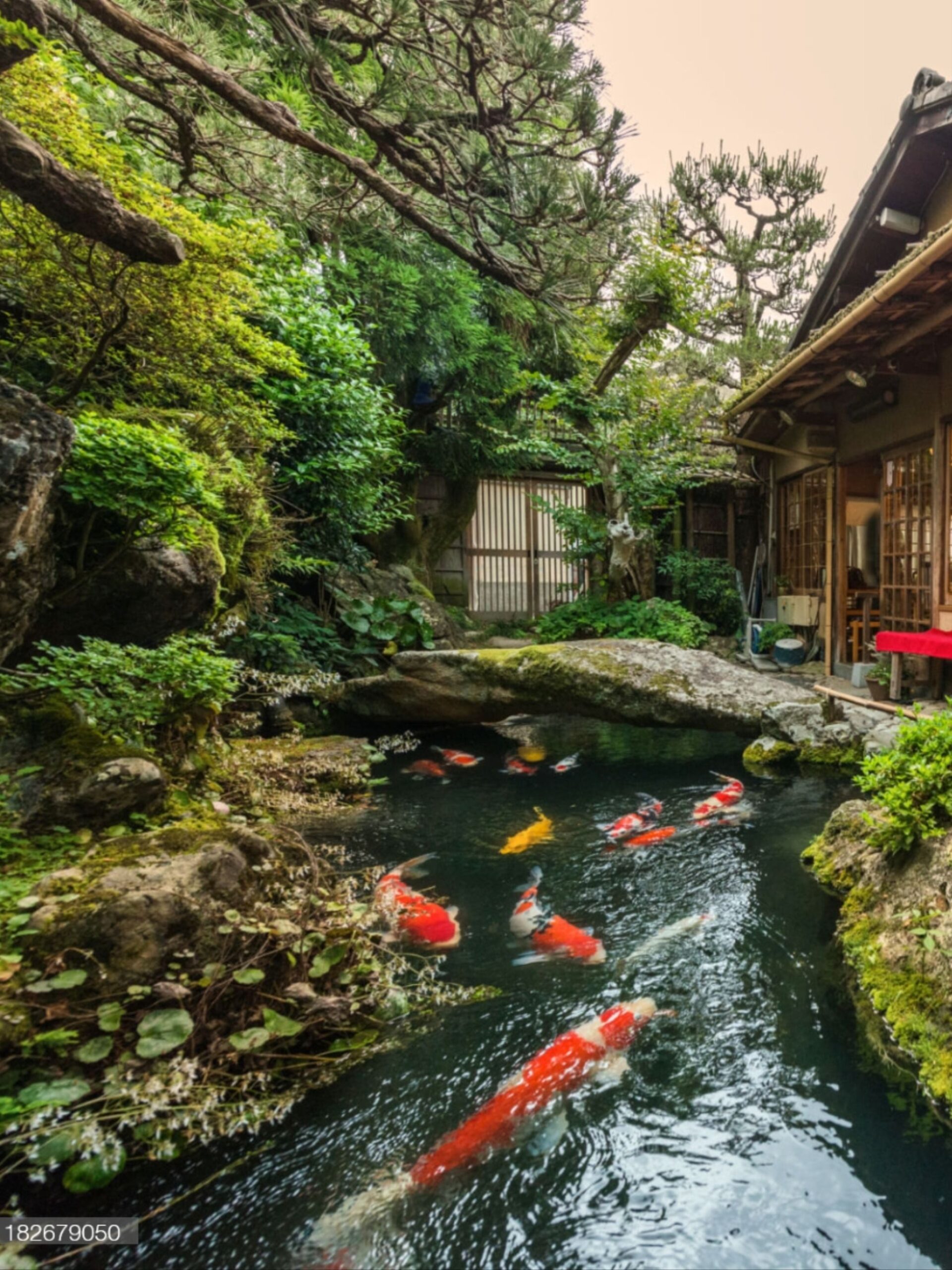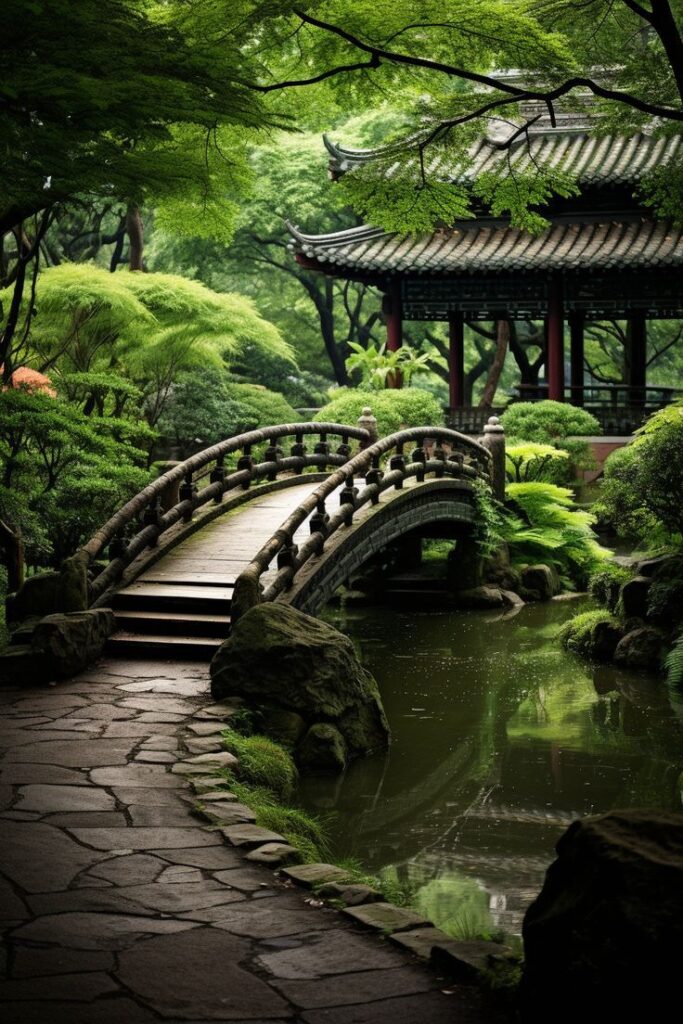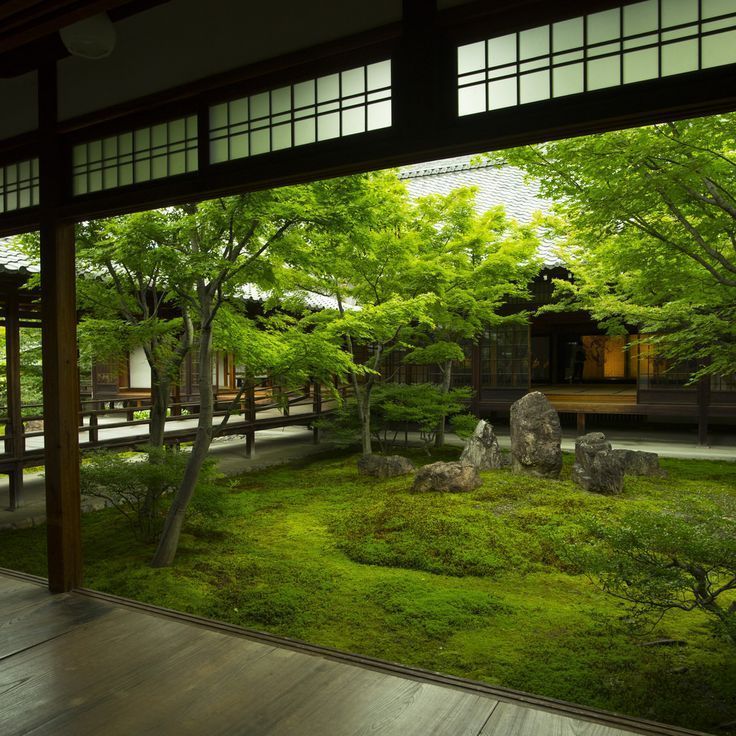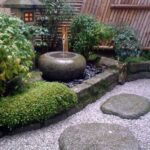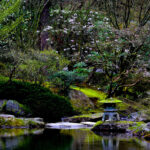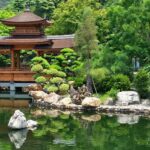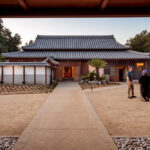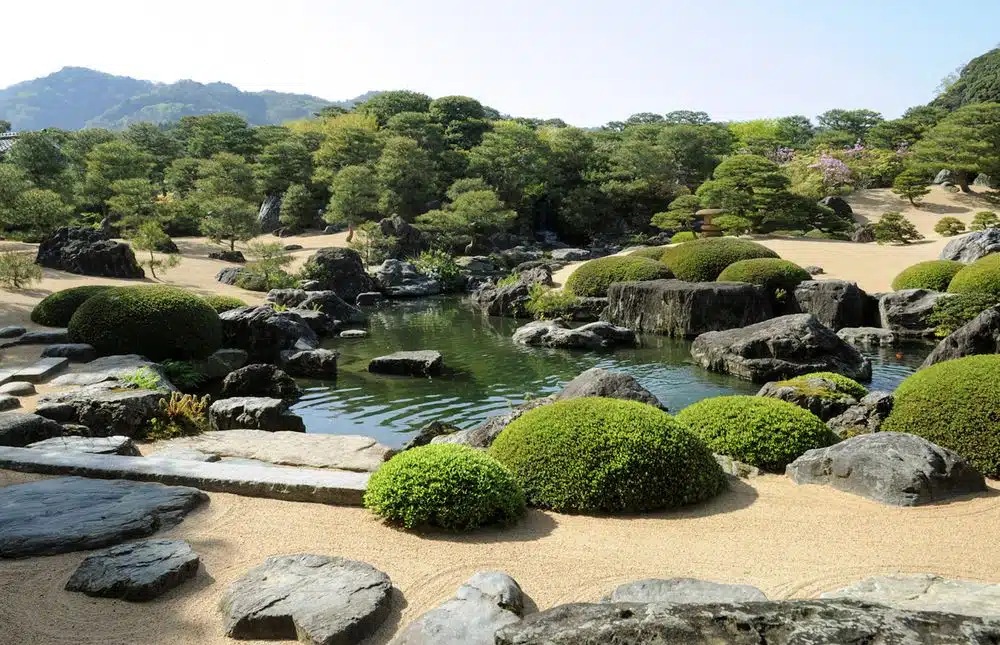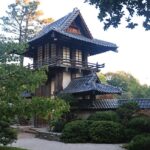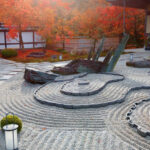Japanese gardens are renowned for their serene and tranquil beauty, designed to mimic the natural landscape in a confined space. These meticulously crafted gardens have been an integral part of Japanese culture for centuries, serving as places of meditation, relaxation, and inspiration. With their carefully curated elements, Japanese gardens offer a harmonious blend of nature, architecture, and spirituality.
One of the key features of a Japanese garden is its emphasis on simplicity and minimalism. Unlike Western gardens which may be filled with a variety of flowers and plants, Japanese gardens typically contain a limited selection of carefully chosen elements such as rocks, water, moss, and meticulously pruned trees. The use of negative space is also a crucial aspect of Japanese garden design, allowing for a sense of openness and tranquility.
Water plays a central role in Japanese gardens, symbolizing purity, life, and renewal. Ponds, streams, and waterfalls are often incorporated into the design, creating a soothing sound and reflecting the beauty of the surrounding landscape. Water is also used to create a sense of movement and flow within the garden, encouraging visitors to slow down and contemplate the serene beauty of their surroundings.
Another key element of Japanese gardens is the use of rocks and stones, which are carefully placed to evoke natural landscapes such as mountains, rivers, and islands. These rocks are chosen for their shape, texture, and color, and are often arranged in groups to create a sense of balance and harmony. Rocks are also seen as symbols of strength and permanence, adding a sense of stability to the ever-changing beauty of the garden.
Plants also play a vital role in Japanese gardens, with an emphasis on creating a harmonious balance between different elements. Trees such as cherry blossoms, pine, and maple are often featured, along with shrubs, moss, and bamboo. Each plant is chosen for its seasonal beauty and symbolism, with careful attention paid to creating a sense of unity and harmony throughout the garden.
Finally, Japanese gardens often include architectural elements such as gates, bridges, and teahouses, which serve as focal points and enhance the overall design. These structures are typically made from natural materials such as wood and stone, blending seamlessly with the natural surroundings. Visitors are encouraged to move slowly through the garden, taking in each carefully crafted element and connecting with the beauty and tranquility of the space.
 yishifashion Where Outdoor Dreams Become Reality
yishifashion Where Outdoor Dreams Become Reality
